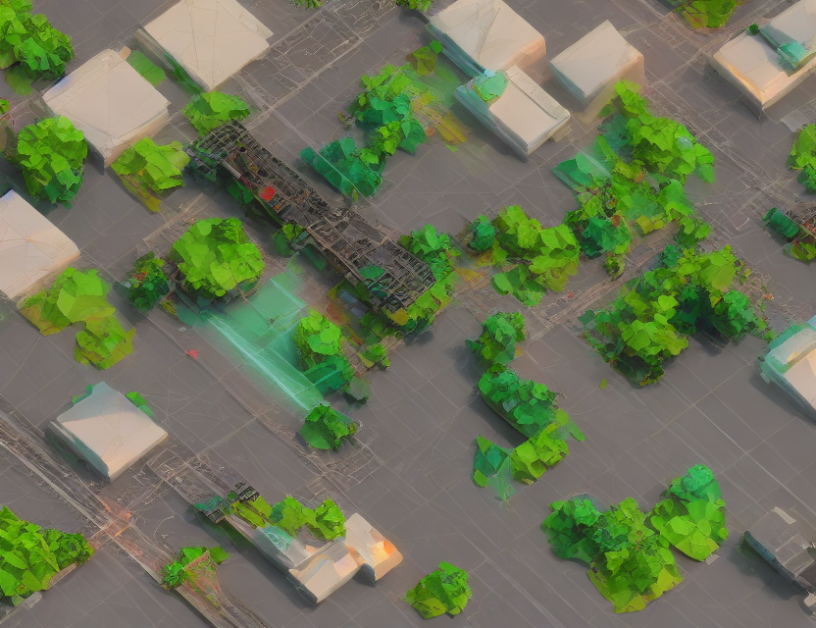In this article, the authors present a novel approach to volume rendering using glTF (GL Transmission Format) data. glTF is an open-standard format for transmitting 3D scenes and models over the web, and volume rendering is a technique used to visualize and analyze 3D data. The authors’ approach combines the advantages of both formats to create a efficient and accurate method for volume rendering.
The key contributions of the article are
- The authors present a new method for volume rendering using glTF data, which offers several advantages over traditional methods. These include faster rendering times, improved memory efficiency, and better support for complex scenes.
- The authors propose a novel algorithm for integrating the features of points along a ray to compute the color of each pixel in the rendered image. This approach is based on classical volume rendering techniques, but has been optimized for use with glTF data.
- The authors demonstrate the effectiveness of their approach through experimental results obtained from a variety of test scenes. These results show that their method offers significant improvements in rendering time and memory efficiency compared to traditional methods.
In summary, the authors’ approach represents a significant advancement in the field of volume rendering, offering improved performance and efficiency for applications such as medical imaging, video games, and architectural visualization. By leveraging the power of glTF data, their method has the potential to enable faster and more accurate visualization of complex 3D scenes, opening up new possibilities for a wide range of industries and applications.



